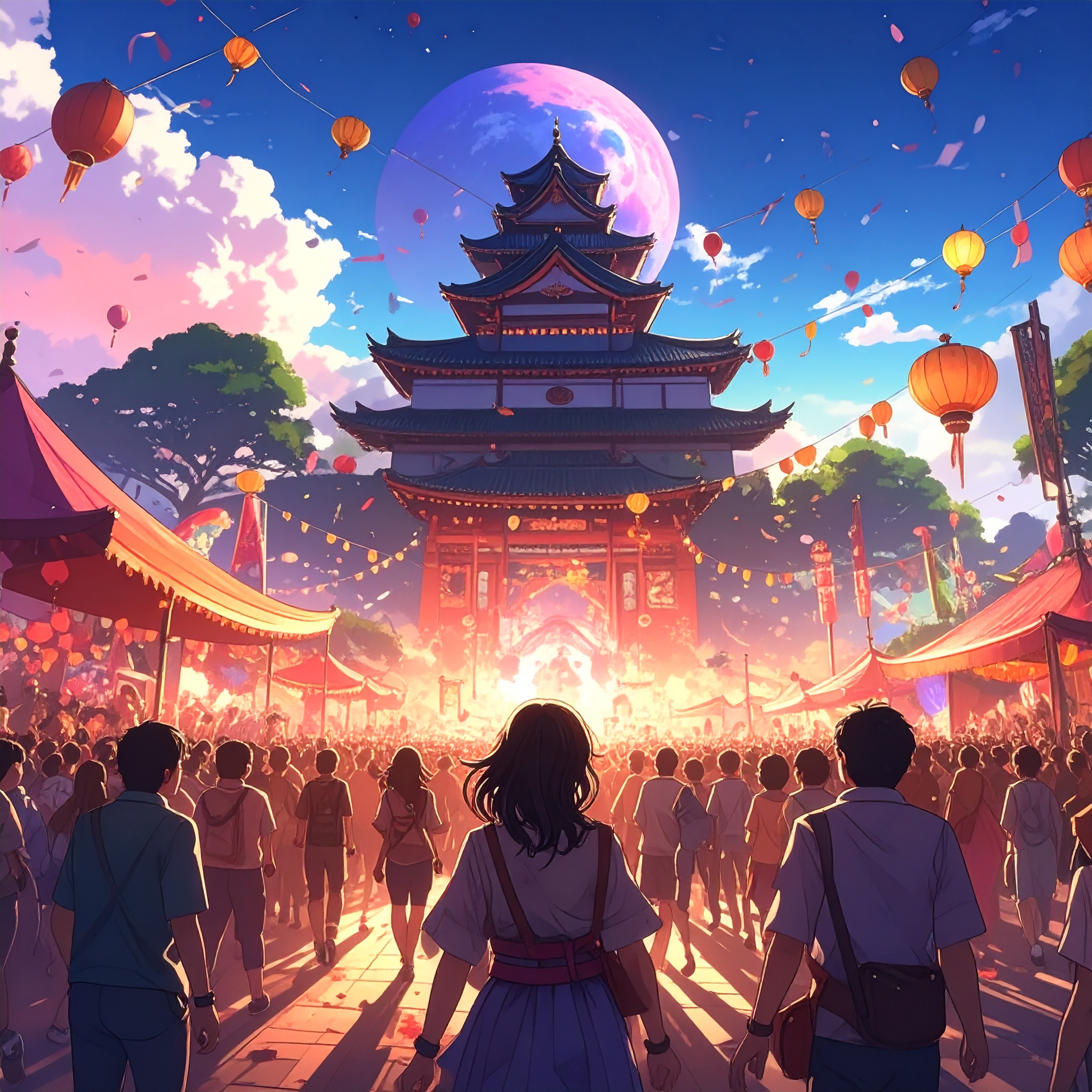Festivals across Japan vividly reflect the unique climate, history, and culture of each region. These events, in which people give thanks to the mountains, show reverence for rivers, and pray for bountiful harvests and safety, are more than mere celebrations—they are days when people, nature, deities, and communities come together. Festivals serve as vessels of collective memory, passing down prayers across generations through voices, sounds, dances, and traditional costumes.
Many festivals trace their origins to ancient rituals rooted in a desire to live in harmony with nature. In rural farming villages, Shinto ceremonies are often held during rice planting or harvest seasons, expressing wishes for abundance and protection from natural disasters. The movement of mikoshi (portable shrines) and floats, along with the rhythmic sounds of drums and flutes, are not just performances—they are acts of communion with the gods that dwell in each region. To take part in these traditions is to become a member of a community of prayer.
But the significance of festivals extends beyond religion. They offer a rare moment when community members come face to face, join forces, and share joy. Preparations can take weeks, even months, with roles passed down through generations. Children watch the adults, learning their responsibilities by example. Within this process lies a living education—one that transmits unspoken rules, gestures, and words that cannot be taught in school.
On the day of the festival, the entire town becomes a stage. Flags line the streets, food stalls appear, and costumed participants parade through the roads, transforming the everyday into the extraordinary. People temporarily shift roles—becoming servants of the gods, observers, or supporters. This dynamic exchange strengthens community ties and enriches relationships among individuals.

Many festivals registered as cultural heritage are recognized not merely for their technical elements or performances, but for their deep roots in local communities and their continuity across generations. Their true cultural significance lies in the faith and communal systems that sustain them, and in the structure of intergenerational transmission. Even if the form changes, as long as the core spirit of prayer and gratitude is preserved, the festival remains a living cultural expression.
In recent years, efforts have been made to open festivals to tourists and to document them through video and media. Yet, what gives festivals their essence is not what is performed for outsiders, but the time that has been quietly layered within the community. The preparations behind the scenes, the movements of the organizers, the words of prayer, and the silent gestures of reverence—all of these reflect the heart of the culture.
A festival may last only a day, but its meaning is woven into the fabric of daily life. Prayer, in this sense, is not just about wishing for something—it is an attitude of accepting the present and choosing to carry it forward into the future. Festivals are the moments when that mindset takes visible form.
As carriers of local prayer and expressions of collective memory, festivals are one of the core pillars of Japanese culture. The connections they build—between people and deities, humans and nature, and among people themselves—retain their unshakable significance even in our rapidly changing times. In the moment the drums sound and lanterns are lit, people quietly become one. As long as festivals endure, the spirit of the land continues to beat with life.




